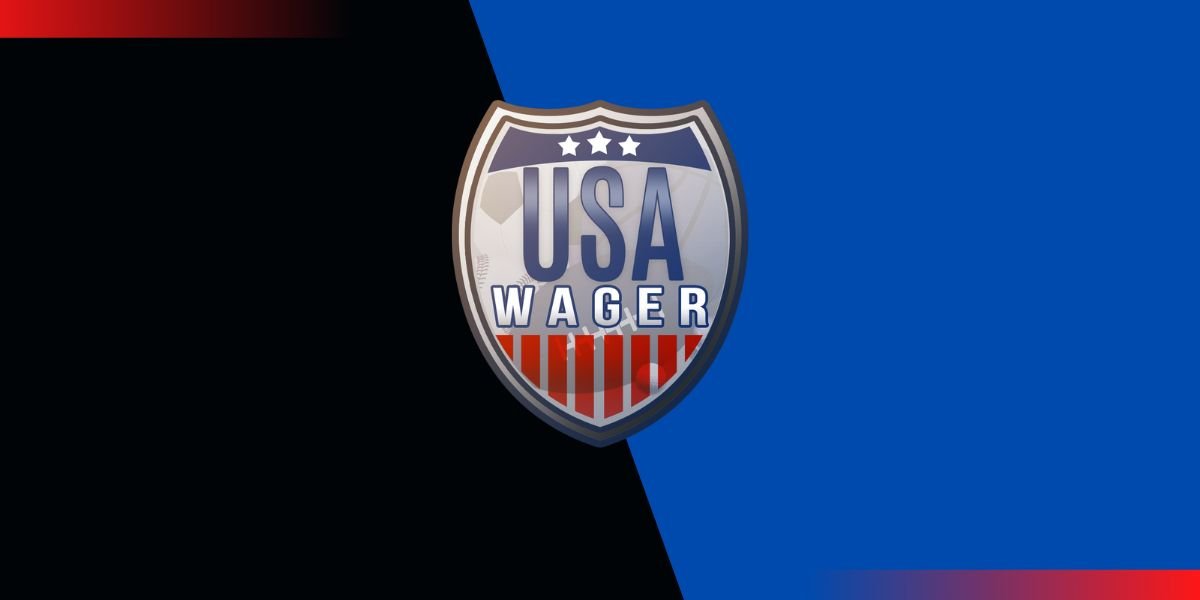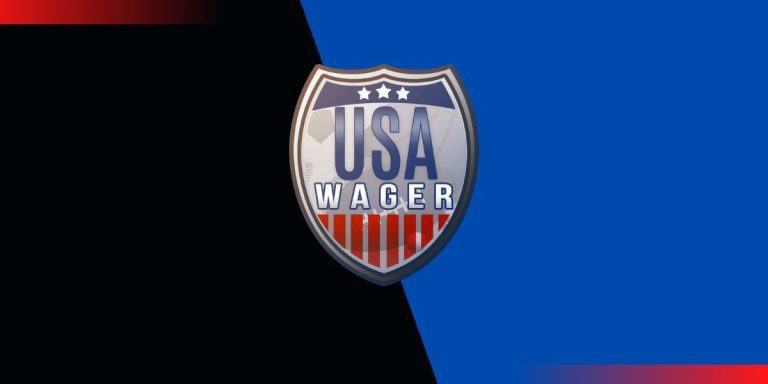Red Bull Breaking the Cost Cap? Of Course!: Red Bull, Alpine, and Formula 1 Betting News
With the United States Grand Prix one week away, we’re diving into the biggest and most impactful news of the 2022 season that will have consequences for years to come: Red Bull’s violation of the cost cap agreement. While these consequences won’t affect the rest of 2022, they will affect Formula 1 in 2023 and beyond.
We’ll break down this news and give you a slight preview of our betting recommendations for the United States Grand Prix, which includes a certain old campaigner we love following every race weekend.
Of Course, Red Bull Violated the Cost Cap!
As you are likely well aware, Formula 1 is a highly political game between the stakes holders: Liberty Media, the FIA, and the ten constructors. A significant part of securing the future of the pinnacle of motorsports was for the stakeholders to agree to sustainability measures in everything from fuel and environmental concerns to establishing a financial limit on what a team can spend in a season, the last point an effort to close the yearly competitive gap between the ten teams.
The 2021 Formula 1 season will always be known for much more than the first year of the cost cap, but the lingering effects of a cost cap violation in 2021 could impact everything in the future.
For those who don’t know, the cost cap is like a salary cap for other major sports. However, unlike other major sports leagues, Formula 1’s cost cap has exclusions negotiated to make things fit under the cost cap. The cost cap has negotiated caveats for driver salaries, sprint races, and inflation, to name a few. The cost cap was intended to be Formula 1’s “competitive balance” tax, keeping all ten teams within the same operational budgets.
Currently, there is no competitive balance tax for going over the salary cap, a la Major League Baseball, just penalties. Much like Major League Baseball, if you were pressed to pick only one team who’d surpass the salary cap and pay a competitive balance tax, you’d likely choose the Los Angeles Dodgers or the New York Yankees. This is Formula 1, and when pressed with the same question about the cost cap, you’d instantly pick the 2022 Formula 1 version of the Dodgers, Red Bull Racing to be the team to exceed the cost cap.
And, lo and behold, FIA accounts have flagged Red Bull as having a minor breach of the cost cap, with a minor breach being defined as less than 5% of the cost cap. For reference, the 2021 cost cap was $145 million, meaning a minor breach could be worth millions. Millions of dollars can mean tenths of a second in performance and be the difference when World Championships come down to the last lap of the final Grand Prix of a season.
The Consequences for Red Bull? No One Knows…
I’ve argued that Red Bull is essential to the sport and their desire to do as they want, how they want, and stepping outside of Formula 1 convention often is necessary and good for Formula 1. That remains true, but it’s also true that the cost cap is as integral to the sport in the future as the Red Bull Racing operation is. In the first year of the cost cap, the agreement’s integrity is being challenged, and a precedent must be set for further transgressions.
So, what do you do with a problem like Red Bull? Well, the most severe punishments under the cost cap, like deducting points from the previous year’s standings, shouldn’t apply to a minor breach of the cost cap. It will only re-open the partially healing wounds of the 2021 Hamilton/Verstappen saga. The FIA has not announced any punishments for Red Bull, who still maintain their innocence. As accountants and lawyers review financial documents and negotiate the outcome, what does this have to do with the final races of the 2022 season?
Nothing. The real consequences will be felt in 2023 or 2024, when Red Bull will likely have a reduced cost cap and further restricted aerodynamic testing, which will hurt the development of those cars, which, in turn, will hurt their performance. This doesn’t mean that Red Bull will suddenly be fighting Alpine or McLaren for fifth in the Constructor’s championship; it means that Ferrari and Mercedes will have the development advantage over Red Bull, which is very important in Formula 1.
There is much more to come when the consequences for Red Bull are announced. And those consequences will impact Formula 1 betting odds, trends, and predictions in 2023.
The United States Grand Prix, the Circuit of the Americas, and Alpine
After having a rain-heavy weekend at the Suzuka Circuit (my favorite circuit on the calendar), Formula 1 travels across the pacific for one of three races remaining in North and South America, the first being a trip to Austin, Texas, and the Circuit of the America’s (COTA). Despite some critics or Formula 1 curmudgeons who have had unkind things to say about the racing or the track in Austin, I love COTA. The uphill run to the almost blind hairpin that is turn one, to the Suzuka/Silverstone-inspired “fast-S” section, and the bumpy track surface, COTA, is always a highlight.
Especially for a North American-based Formula 1 writer. So, what are my betting insights for the United States Grand Prix: obviously, pick a Red Bull to win, to finish on the podium, in the top six, or whatever other betting options you can find decent odds on, and place a wager on Alpine.
Yes, you’ve read that right—more on Alpine in a minute. First, the cost-cap-breaking World Champions need their just dues when talking about Formula 1 betting news and odds.
Max Verstappen is a two-time World Champion and likely to finish qualifying on the front row and run away with another Grand Prix win, which would be his thirtieth, tying Sebastian Vettel and Michael Schumacher for most wins in a season. Red Bull as a constructor, has won 14 races (of 18) and landed a driver on the podium in all but the first Grand Prix of the year. Red Bull will win the Constructor’s championship, but you are unlikely to find decent odds on this guaranteed home run wager.
Clearly, a Red Bull driver will be on your betting ticket. You should include an Alpine on your betting ticket. Alpine would have control of fourth in the constructor’s standing if it weren’t for reliability issues. The A-522 has improved with every upgrade Alpine brought to the track. While most team’s upgrades will be geared toward data gathering for 2023, we don’t expect McLaren to bring anything special that can bridge the current performance gap.
And the Alpine has looked fast, especially in the hands of the greatest racing driver of all time, the Wiley ‘Ol Campaigner Fernando Alonso.
Ok, so statistically, Alonso is not the “greatest of all time,” but he is my favorite driver to watch and follow weekly. And Alonso still has the speed and skill to land a midfield car (the A-522) amongst the Red Bulls and Ferraris in qualifying. This is not favoritism toward my favorite driver to follow; this is poignant betting advice: Alonso or teammate Esteban Ocon to finish in the top 10 is almost a lock, while a top 6 finish is not out of the question and will have very valuable payouts if either driver can crack the top 6.


